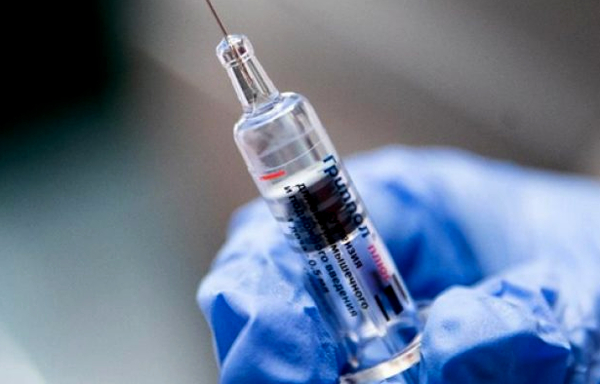According to a report released on Monday by global consulting firm Kearney in collaboration with the Confederation of Indian Industry (CII), India’s vaccines industry could grow from US$ 2 billion to US$ 4 billion or even US$ 5 billion as new Indian and global pharmaceutical companies include vaccines as a key part of their portfolios.
Because of the pandemic, vaccinations have become the top priority for governments and investors, according to the study “Taking India’s life science to the global stage: Make in India to power 4x growth in biosimilars and vaccines by 2026. “Due to increased advocacy, greater acceptability of advanced platforms such as mRNA, and a larger market amid covid-19 booster doses, the industry will have many new opportunities arising from the pandemic disruptions, growing from a US$ 40 billion industry to more than US$ 75 billion by 2025,” according to the report.
Given India’s expertise, facilities, and investments, this study outlines the strategic calls required for the nation to get a bigger portion of the biopharmaceuticals market in two main areas (vaccines and biosimilars), which together represent a US$ 10 billion potential.
Biosimilars are anticipated to represent a US$ 36 billion worldwide potential by 2025, according to the study, with a CAGR of 24%. In the US$ 12 billion market, India’s manufacturers now contribute US$ 500 million to US$ 600 million. After generics, therapeutic drugs might be the next frontier for Indian life sciences, with India potentially having a 15 to 20% share of the global pie. By updating technology, forming global partnerships, launching numerous products domestically, and obtaining a few permits in regulated markets, India’s sector has already built a basic set of skills.
According to the research, India accounts for just 8% of the global biopharmaceutical market. Vaccines account for the majority of this market share by volume, with India accounting for more than 40% of the market, according to the World Health Organization (WHO).
“India has to capitalise on its momentum by implementing a good biotech strategy that includes investments, R&D, exports, and a strong startup culture—a task that will need collaboration from the government, academia, and the private sector. India can replicate its generics strong position in this market as well, commanding a share of 20 to 30% over the next decade if significant steps are taken,” said Ms. Saumya Krishna, Partner, Kearney.
“Despite being the world’s third-largest volume producer, India pharma has continued to lag in developing cutting-edge innovation, placing 14th by value. The covid-19 pandemic has the potential to be the next landmark event for the global pharmaceutical sector, allowing India to jump to the top,” she added.
The Indian pharmaceutical ecosystem has recognised the market’s potential and is taking measures to capitalise on it. In the US and Europe, two Indian companies have received clearance for biosimilars.
“India’s life science industry has been a key driver in improving health outcomes both in India and throughout the world. Despite India’s increasing prominence in the global health sciences industry, there are a number of areas where it can improve. The execution of new policies in a coherent environment would enable the sector achieve self-sufficiency and usher in a new age of growth,” said Mr. Chandrajit Banerjee, director general of the Confederation of Indian Industry (CII). India barely meets around 1.5% of worldwide demand for biosimilars in terms of export value, but it has the capacity to provide more than 10%.
You may also like
-
Trade Connect E-platform For Exports Is Single Window, Fast, Accessible And Transformational: Shri Piyush Goyal
-
Dot Simplifies Approval Processes For Telecom Licenses And Wireless Equipment
-
Coal Production and Supply Trends on Positive Trajectory
-
Union Minister To Release Booklets On Promotion Of Indigenous Species & Conservation Of States Fishes
-
2nd India-Japan Finance Dialogue held in Tokyo on 6th September, 2024
